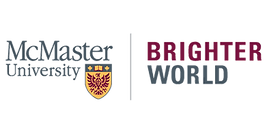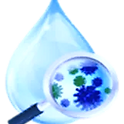
DISEASE DETECTIVES

GLOSSARY
ANTIBIOTIC
RESISTANT
BACTERIA
An inherited trait of a microbe that permits it to grow in the presence of a compound that kills or prevents its growth.
PHARMACEUTICALS
Referring to contaminants in treated wastewater effluents that contain pollutants such as antibiotics
ROAD SALTS
Chloride salts of various metals applied to concrete surfaces such as sidewalks to melt snow and ice
URBAN POLLUTANTS
Poisonous or harmful substances originating from cities or urban areas
COASTAL WETLANDS
Includes freshwater and saltwater in coastal areas. Some examples include salt marshes, fresh marshes, and mangrove swamps
PHYTOPLANKTON
Single-celled algae and other free-floating photosynthetic organisms
RUN-OFF
That part of the precipitation, snow melt, or irrigation water that appears in uncontrolled (not regulated by a dam upstream) surface streams, rivers, drains or sewers
VECTOR-BORNE DISEASES
Illnesses transmitted from one species (such as mosquitoes) to other species. some examples of diseases include dengue fever, West Nile, and malaria
MUNICIPAL WASTEWATER
Wastewater containing sanitary sewage, sometimes combined with stormwater from rain or melting snow draining off rooftops, lawns, parking lots and roads
POLYCHLORINATED BIPHENYLS (PCBs)
A long-lasting organic chlorine compound that was once widely used. It is extremely toxic to the environment and is classified as a "persistent organic pollutant"
URBANIZATION
The spread and growth of cities; an increasing proportion of a population living in urban areas
ZOOPLANKTON
Non-photosynthetic, single-celled aquatic organisms